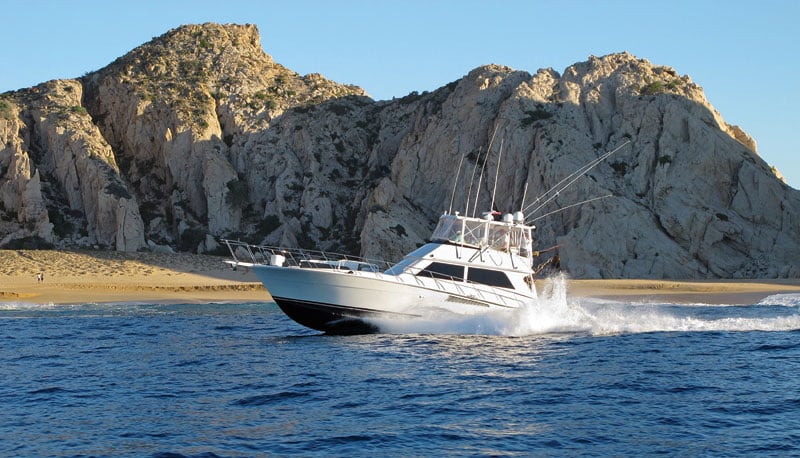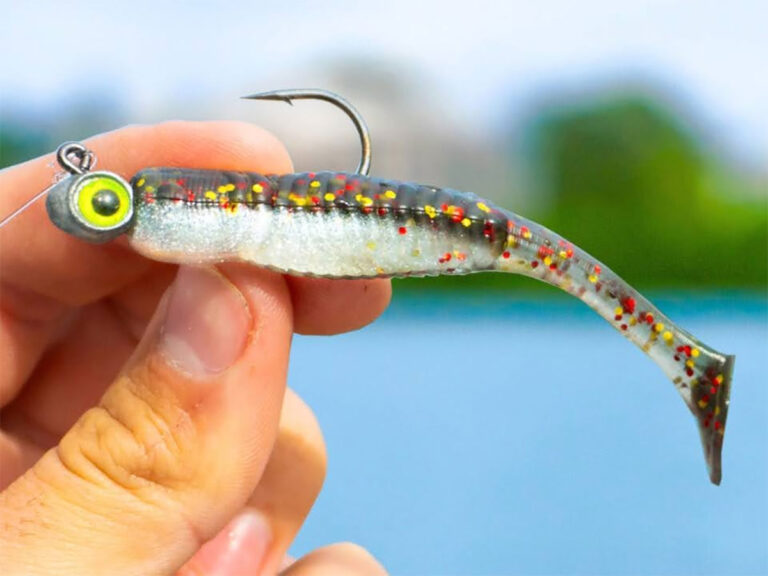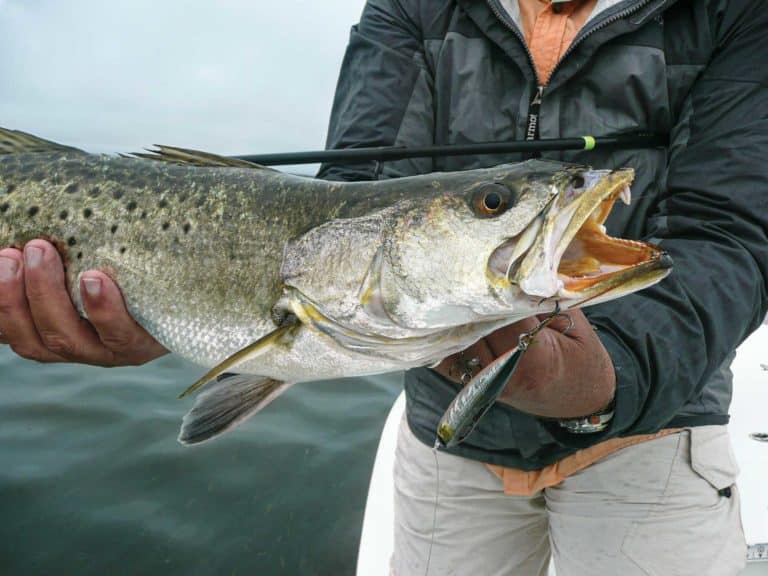
offshore props
When you’re 80 miles offshore, problems accumulate quicker than credit card debt. Vibration, excessive fuel consumption and premature wear on the engines and running gear can all be caused by the wrong propellers or a set that’s damaged or out of balance. Fortunately, in this digital age, there are plenty of computer-assisted repair solutions. But for optimum performance, wheels that complement the hull design are the best starting point.
“Propellers are almost like black magic,” says Dominick LaCombe, president of American Custom Yachts, in Stuart, Florida. “It’s what you learn by experimenting. We build all the same style of boats, so if I hit the projected weight and know the horsepower of the engines, I can dial the props in every time. Propeller companies have gotten much better with computer analysis and precise tolerances, but there are still so many variables, such as shaft angles, gear ratios, the blade-area ratio and rake. We always tweak performance by fine-tuning the props after the initial sea trial.”
Design First
Ideally, LaCombe likes the diameter of the propeller hub to be the same as the diameter of the struts for uninterrupted water flow. He also favors props with high blade-area ratios (the total amount of the blades’ surface that fills a circle) and often tweaks the rake or blade angle to accentuate a desired performance characteristic. LaCombe says the average rake is 3 degrees aft. Depending on the hull design, a forward rake will lift the stern, while a more aft rake will lift the bow.
Smart Choice
Capt. Todd Anderson, who has been running the factory Viking 50 Convertible with the new ZF pod drives for nearly a year, says experimenting with propellers noticeably improved the boat’s overall performance. The aft-mounted 4000 ZF pod drives, matched to 1,200 hp C18 Caterpillar diesel engines, were first rigged with dual sets of four-blade props. After initial testing, the four wheels were exchanged for a five-blade prop forward, followed by a smaller four-blade.
“Our efficiency improved by 13 percent in the cruising ranges, and we gained a little more speed on the top end,” Anderson explains. “The boat ran 1.5 knots faster at wide-open throttle using the mixed-blade configuration.” The extra blade also provided responsive handling and a very tight spin radius, which can be critical when backing down on a hot fish.
Tech Forward
Todd Blair, who has been rigging and repairing propellers in South Florida for 32 years as owner of Blair Propeller & Marine Service, says additional blades and composite metals are the latest trends for high-performance sport-fishing yachts. Depending on the boat size and overall horsepower, four- to six-blade props are the current standard, with five blades the median choice. Blair says the extra blades cover more surface area for smoother performance and are easier to balance to original tolerances.
“With more blades, the shaft angle needs to be as shallow as possible,” Blair says. “But if you add more pitch, you’ll generally increase speed despite having that extra drag in the water.”
Depending on the gear ratio, 400 to 500 horsepower is the cutoff point for traditional bronze propellers, says Blair. Exceeding that threshold can lead to metal fatigue and blade fracturing. Nibral is the most popular replacement alloy. Comprised of nickel, bronze and aluminum, nibral propellers have a higher percentage of nickel for additional strength to handle more horsepower. The bronze and aluminum mix keeps the prop malleable enough to repair if it is damaged. Blair says nibral propellers cost up to 35 percent more than bronze and are more expensive to repair due to the cost of welding rods, but the performance advantages are well worth the additional expense.
Economy Matters
“With the right set of tweaked high-performance props, you can run with the same load and burn less fuel,” he explains. “The savings can be as much as two gallons less per hour at cruise, and when you’re running long distances, that adds up.” Blair cautions that a boat’s original dry weight is less than the actual load when gear, tackle, ice and provisions are added. So to maintain the best performance on production models, he recommends dropping an inch in pitch on the propellers. Pitch is the distance in inches the boat would move forward in one complete revolution with zero slippage.
Propeller manufacturers have refined the manufacturing process considerably using computer-numerically controlled multi-axis machines to forge the propeller metal. Eliminating even the slightest variances improves efficiency and performance. But just as quickly, a bump in a shallow slip or an impact with a submerged object while under way can ruin prop balance and lead to serious damage. That’s where full-service shops like Blair’s in Stuart come to the rescue.
“In addition to repairs and welding, we offer dynamic and geometric balancing,” Blair says, “and if you have to pull one prop, pull both and bring them in so we can make sure they meet the specs. Basic computer balancing starts at $200 per prop, and that includes a final check with a surface gauge to verify all tolerances. If we have to make major changes like adding pitch, that can run $500 to $1,500. But when you’re talking about fine-tuning a set of nibral wheels, that can cost up to $30,000. That’s a small price to pay for
peak performance.”









